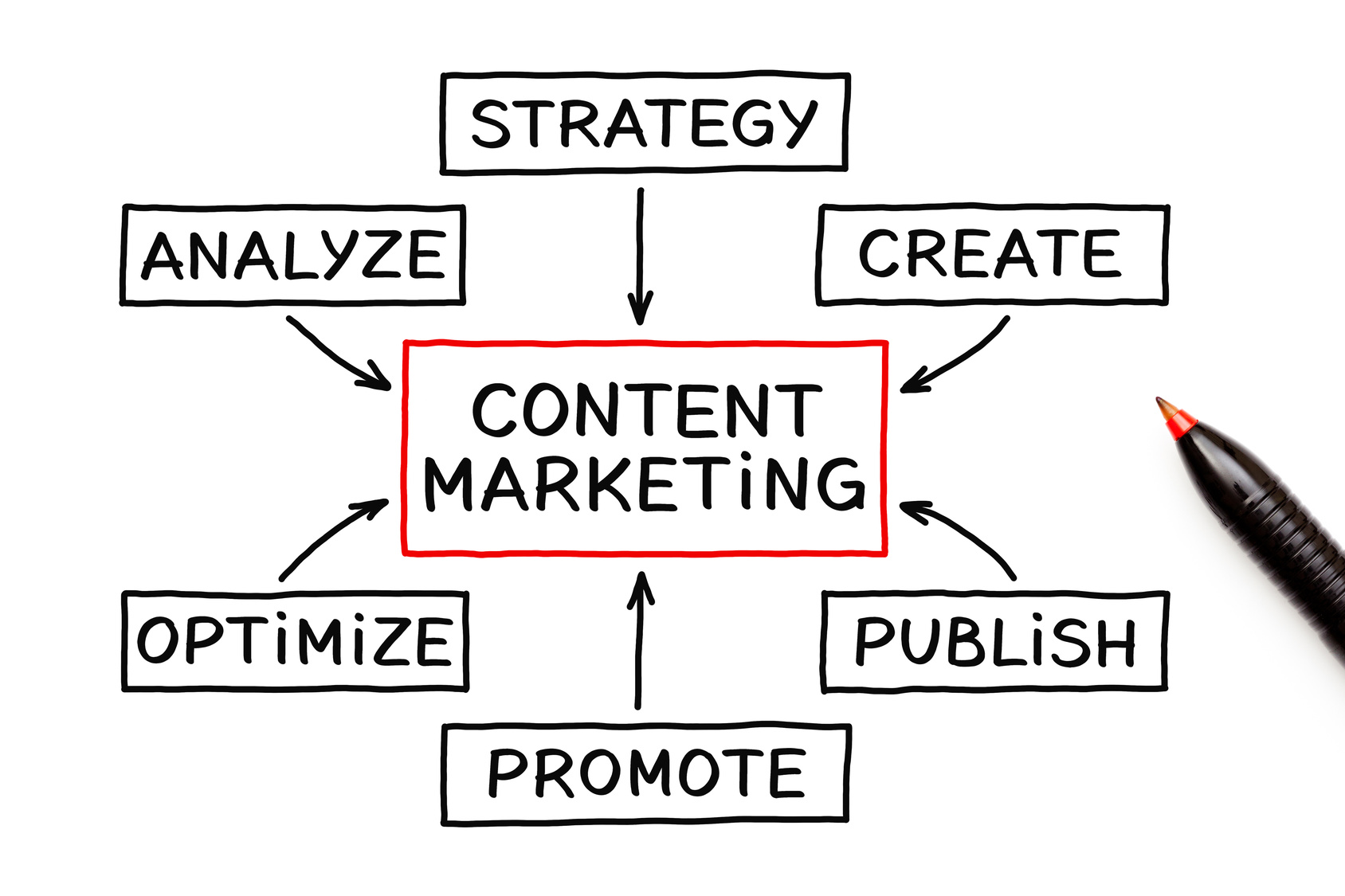How to Craft the Perfect Piece of Law Firm Marketing Content
Date: November 8, 2022

7 ways to make high-quality law firm marketing content designed to boost SEO and attract, engage, and help potential clients understand the quality of your legal services.
In today’s bustling digital landscape, consistent, high-quality content is necessary for businesses to remain competitive online. Why? Because content marketing remains one of the most effective ways to build audience engagement, establish brand eminence, and drive sales. It also has the largest impact on consumer decision making compared to any other marketing tactic.
If you want to boost SEO rankings, attract web traffic, gain leads, and convert them to customers, then you need to produce great content. But, without a solid understanding of what makes content “high-quality,” your content marketing efforts could end up being nothing more than a massive time suck, or worse, hurt your brand’s reputation.
Let’s look at a few ways to craft high-quality content.
Start with a plan
Randomness and unpredictability are two of the main reasons blogs fail over time. While it can be tempting to write content as you feel inspired and motivated, without a plan, that content can come across as disorganized and incoherent. Therefore, before you start creating content, you must define your content strategy and create realistic, attainable goals.
Once your strategy is established, you’ll want to decide how often you’re going to publish new content via a content calendar. A good rule of thumb is committing to 4 or more posts per month, but research suggests websites that publish 16 blogs per month could receive 3.5 times more traffic than businesses that publish 4 posts or fewer.
Pick content topics
While it may seem counterproductive to write about anything other than your company and its offerings, we’re here to tell you: It’s not. The most important rule when devising your content topics is to give more than you get. If you want to attract readership and web traffic, you need to have a clear understanding of your audience and proactively answer the questions they’re searching for on Google.
The idea is to position yourself as a thought leader or industry expert. For example, if you are an outdoor gear company, you could write about how to pack for a camping trip or select the best sleeping bag. Once people start to view you as the expert in your field, they’ll think of you first when they have a buying need.
Keyword research
After you’ve picked your content topics, it’s time to research keywords. Keywords are the words and phrases that people type into Google when researching a topic or question.
To find your target keywords, try using a keyword research tool to reveal the most relevant and profitable search terms for the topics you’re targeting. Then optimize your content with those keywords, but be careful not to overdo it. The goal is to incorporate your keywords in a natural, seamless, reader-friendly way. Unnaturally stuffing keywords into your content will not only turn off readers, but it will also hurt your SEO ranking.
Once you’ve chosen your keywords, pick one or two to devise your long-tail keywords. Long-tail keywords are three to four words in length and very specific to the topics you want your company to be known for. Long-tail keywords are closer aligned to user intent and, therefore, are more likely to attract highly qualified traffic and convert users.
Create a title and meta description
The title of your post is the first thing that people will see, so it needs to be attention-grabbing and relevant to the article itself. It is what readers and search engines use to understand what your post is about, so it’s important to set the right kind of expectations. The ideal length for a blog post title is 60 characters, and be sure to include your primary keyword at the beginning of the title. Lastly, to make sure your title isn’t truncated – you can use a preview tool to see how it will look in the search results.
Your post should also have a meta description, which is a 150 – 160-character summary designed to give search engines and readers a synopsis of its content. The meta description should be engaging, reader-friendly, descriptive, and include a variation of your long-tail keyword.
Content structure
To keep your audiences’ attention, you’ll want to keep your content skimmable and digestible. Structure your posts using short paragraphs, bold subheadings, bulleted and numbered list, and maintain a 450 to 1000 wordcount.
Include links
Throughout your posts, you should provide links to external content when it’s appropriate or supports a claim or statistic you’re including. It’s also a good idea to provide links to relevant internal blog posts and other areas of your website. This will help guide readers through pivotal areas on your site, drive conversions, and give your SEO score a boost.
Strong call-to-action
Lastly, every piece of content should end with a strong call-to-action (CTA). This is where you tell your reader what you want them to do next, and it’s also your opportunity to capture leads and build your contact list. Do you want readers to sign up for your newsletter, or download a whitepaper? Tell them to with a strong CTA.
And there you have it! These tips will have you well on your way to writing impactful, high-quality content.
If you need help creating a content strategy, drop us a line. That’s what we do best.
















